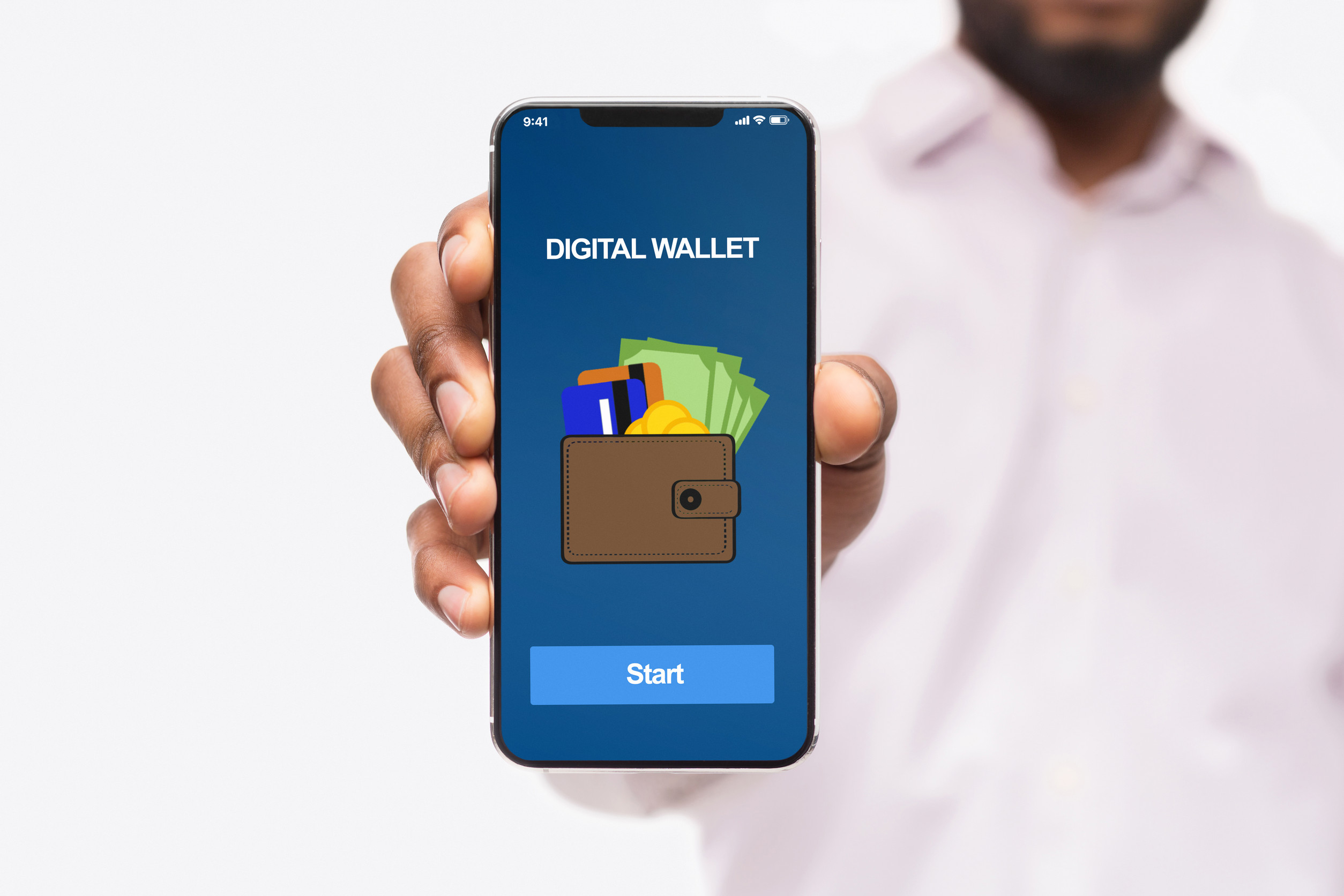That sleek little app storing your cards and crypto isn’t just keeping tabs on your purchases. Behind the screen, it can collect behavioral data, track locations, and even map spending habits.
Many wallets quietly link transactions to ad networks, painting a vivid profile of your lifestyle. It’s not about just where money goes, but how, when, and why. The question is whether users agreed to that level of surveillance—or if it’s just happening in the background.
Location Data: The Silent Breadcrumb Trail
Every tap at a store can ping a wallet provider with precise location coordinates. Combine enough transactions, and suddenly a map of your daily routine emerges. Work, gym, grocery runs, even late-night takeout spots can all be charted. Some wallets feed this info to advertisers eager to target “where you live your life.” The unsettling part is that many people never realize their trail is even being followed.
Spending Patterns as a Behavioral Goldmine
Digital wallets don’t just see the “what” of a purchase, they also see the “when” and “how often.” Buy coffee at 8 a.m. every day, and the system knows you’re a commuter. Grab a gaming subscription once a month, and it can predict your entertainment budget.
Patterns like these allow companies to anticipate needs before users even express them. It’s a goldmine for marketers, but it can feel invasive to anyone who values financial privacy.
The Fine Print That Few People Read
Buried in long terms of service agreements are vague references to “data collection” and “partner sharing.” Most people scroll past, clicking “agree” without a second thought. These hidden clauses often grant sweeping permissions that go far beyond just storing payment information. In practice, that means wallets can sell or share data with third parties. Consent technically exists, but in a way that feels less like choice and more like a trap.
Data Sharing With Partners You’ve Never Heard Of
Wallet providers don’t always stop at keeping data for themselves. Many funnel insights into sprawling advertising networks or analytics firms. Users rarely know the names of these companies or what they do with the information.
Once the data leaves the wallet app, it’s nearly impossible to control. That quiet handoff can multiply the reach of personal details far beyond the original provider.
Security vs. Privacy: A Blurry Divide
Wallet apps promise strong encryption and transaction security. But safety of funds doesn’t equal protection of privacy. It’s entirely possible to be safe from hackers yet still exposed to relentless data mining. Companies reassure users with “secure transactions” while quietly building vast behavioral databases. Security and privacy are not the same shield, and many confuse one for the other.
Why Free Features Come at a Hidden Price
Some wallets lure users with perks like instant transfers, cashback rewards, or sleek interfaces. The catch is that “free” often means data is the true currency. Each perk acts as bait, encouraging more transactions and more data collection. Over time, the user essentially pays with personal information instead of dollars. The illusion of a free service hides the real cost lurking beneath the surface.
Regulations Struggling to Keep Up
Laws around digital payment privacy vary wildly by country and often lag behind technology. While some regions push for stronger consumer protections, others leave it largely unregulated. Even in places with rules, enforcement can be inconsistent. Companies often operate globally, finding loopholes where oversight is weakest. As a result, users’ data can slip through cracks no matter where they live.
Can Users Fight Back?
Turning off location permissions, tightening app settings, and limiting what data is shared helps reduce exposure. But wallet providers often design around these defenses, making it tricky to opt out completely. Alternative wallets with stricter privacy policies exist, though they may sacrifice convenience. Education about how data flows is one of the strongest shields consumers have. Awareness is the first line of resistance against invisible tracking.
The Future of Wallet Privacy
The rise of blockchain-based wallets hints at more transparent, user-controlled systems. Some developers are exploring wallets that keep transactions secure without feeding them into marketing engines. As consumer awareness grows, demand for “privacy-first” wallets may pressure bigger players to adjust. Still, profit-driven data collection is unlikely to vanish overnight. The battle between convenience and privacy is only just heating up.
Take the Power Back
Digital wallets are undeniably useful, but their hunger for data can turn them into surveillance tools. Users deserve clear choices and genuine consent, not buried clauses and hidden tracking. The line between payment convenience and personal exposure is thin, and it’s time to question where it stands. If privacy matters, the responsibility starts with awareness and action.
What’s your take—should wallets be strictly about money, or is data collection a price worth paying?
Read More
10 Digital Wallets That Collect Your Biometric Data
How Free Wi-Fi in Chain Restaurants Has Become a Tool for Data Harvesting


